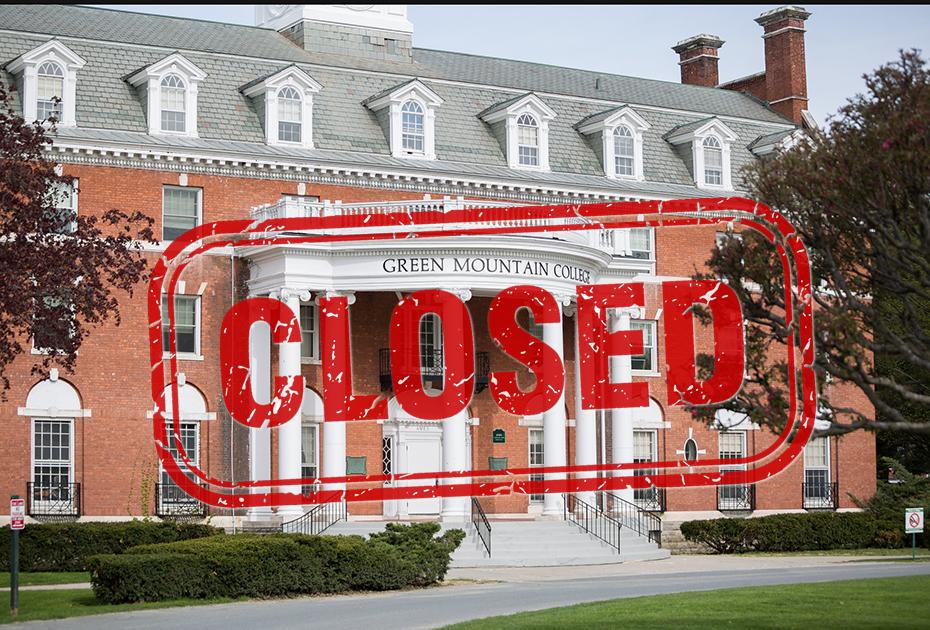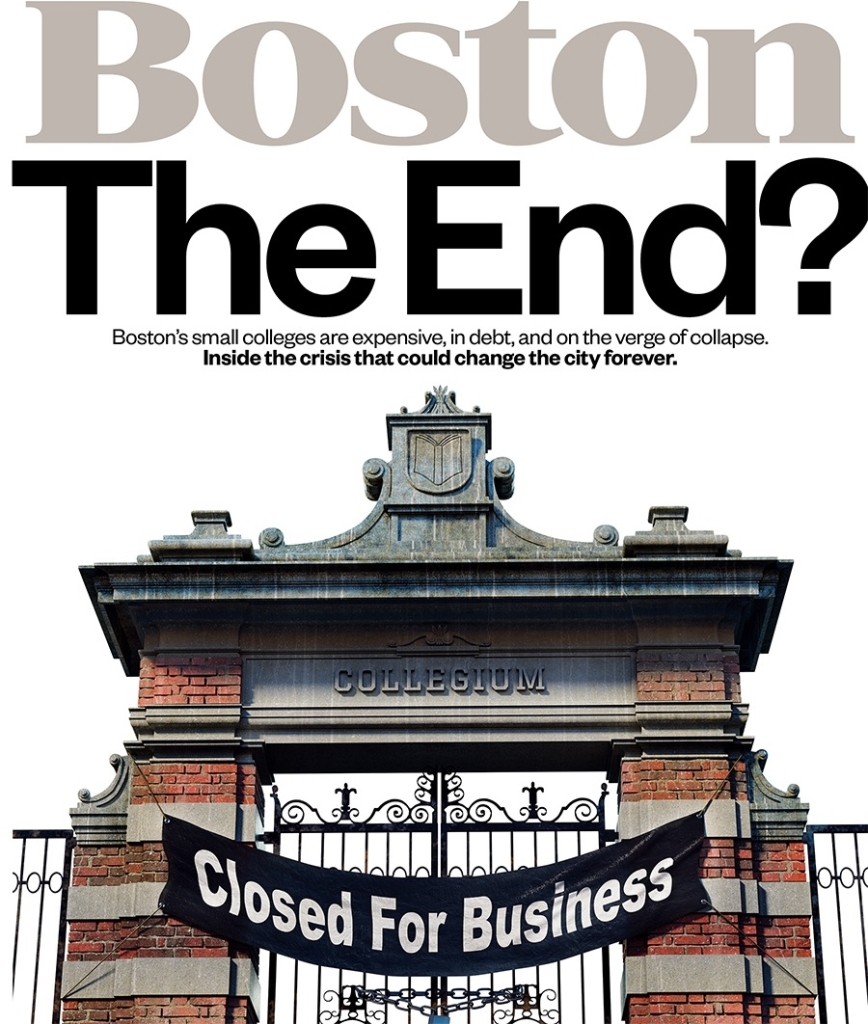

In the fall of 2019 I led an independent study for a doctoral student on why colleges close. We officially titled the class Institutional Instability. I wrote a few pieces on why colleges close back then but realized that I never shared the complete list of factors that we came up with based on our analysis of the literature and news stories where institutional leaders identified critical issues.
With the exception of a few “degree mills,” I don’t ever want a college to close. One of the studies someone should do is on the impact of a college closing on the town where it is located and the living alumni. Most of these towns that lose a university experience negative downturns and the alumni, wherever they are, are often hurt or embarrassed that their institution no longer exists.
In the same way we learn from others’ mistakes, I suggest folks focus on the opposite of many of the challenges listed below. It is much easier to fight for a positive goal than to avoid a negative goal.
15 Big Factors and 50 Variables Linked to College Closures

- Revenue
- Operating profit, or “surplus”
- Available cash reserves
- Ongoing decline in net tuition revenue
- Tuition
- Net tuition price high (compared to competitors)
- Tuition discount high and/or rising
- Tuition dependency (large portion of revenue)
- Tuition increases above competitor increases
- Institutional Debt
- Solvency or Viability Ratio
- Amount of debt service and is it increasing faster than instruction expenses
- Bond rating has gone down (Moody’s, S&P’s, Fitch’s)
- Endowment
- Increases in endowment spending over time
- Percentage of endowment that is unrestricted
- Investment returns on endowment
- Endowment covering less than 33% of expenses
- Other Financial Measures
- Recent need for short-time bridge financing
- Less than 10% of operating budget given to technology
- Concerns in audited financial statements
- Higher liabilities per FTE and expenses per FTE
- Negative Return on Assets
- Budget Reductions
- Reduced faculty head count
- Hiring freezes, furloughs, staff layoffs
- Unfunded deferred maintenance over 40%
- External funding
- Average alumni gift size
- Lack of strong support in donations
- Federal grants/student much less than peers
- Accreditation
- On probation, warning, or watch from an accreditor
- University Leadership
- Leadership team does not have enough experience at the university
- President is not equipped to lead through difficult times
- University leaders and faculty not willing to change
- Lack of alignment of trustees, president, faculty to change
- Faculty
- More than half of faculty do not have terminal degrees
- Average age of full-time faculty over 60
- Faculty salaries lower than peer institutions
- Curriculum
- No ability to take growing number or all courses online
- No new majors or certificates in past 2 years
- Curriculum approval takes more than 1 year to approve new programs
- Rapid expansion of graduate and certificate programs not aligned in any one direction
- Enrollment Management
- Number of new students declining over time
- Admissions yield declines
- High percentage of Pell-eligible (low income) students
- High percentage of part-time to full-time students
- Small number of graduate students vs. undergraduates
- Student Debt
- High or growing student loan default rate
- Consistently cutting back on institutional financial aid
- Student Success
- First to second year retention declining or behind peers
- Median salaries for graduates flat over several years
- Institutional Type
- Private universities with less than 1,000 students or $100M in expenses
- Historically black colleges and universities
- Small, private colleges in the Northeast and Midwest
- Church-related institutions with denominations decreasing in numbers


